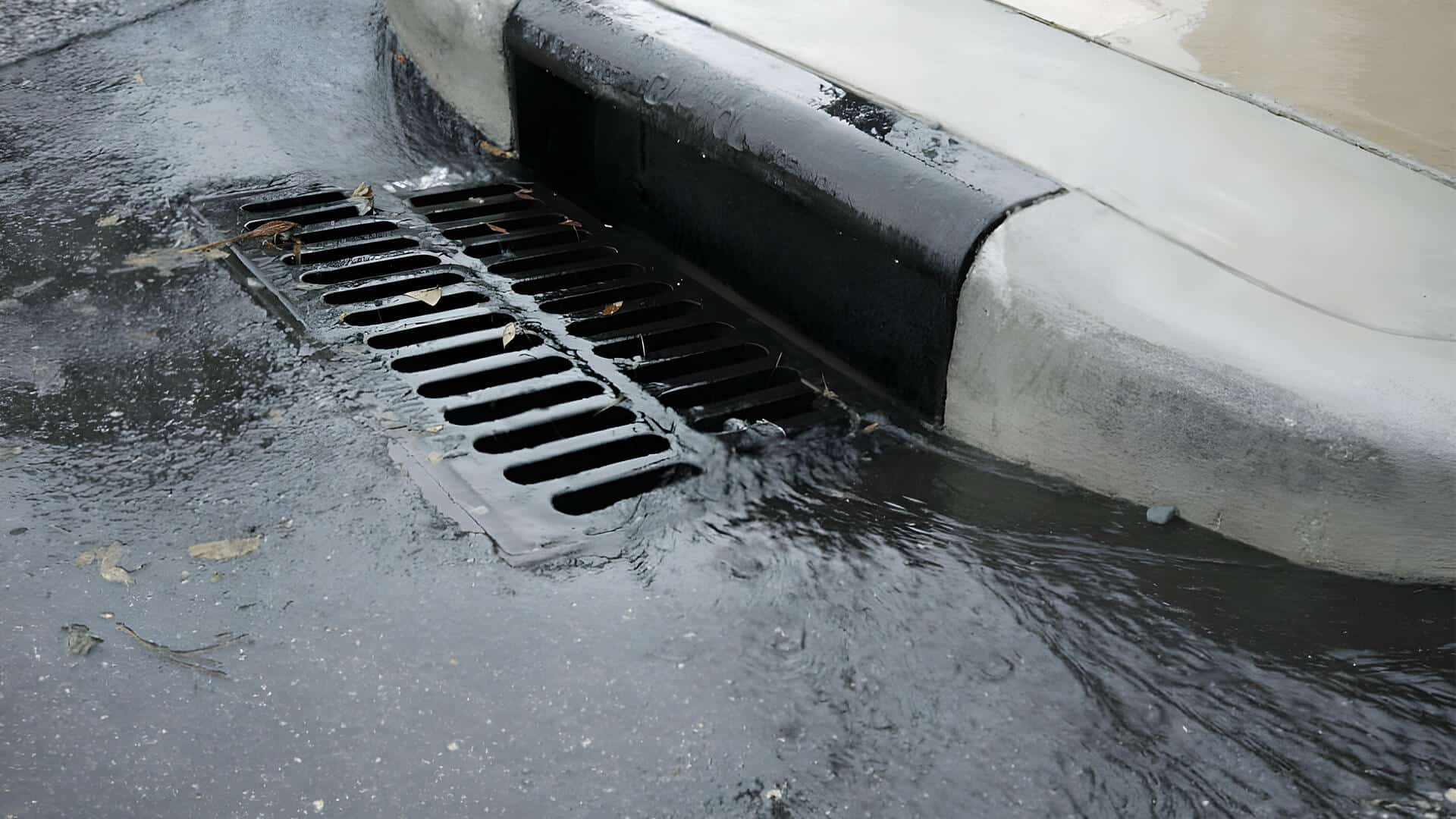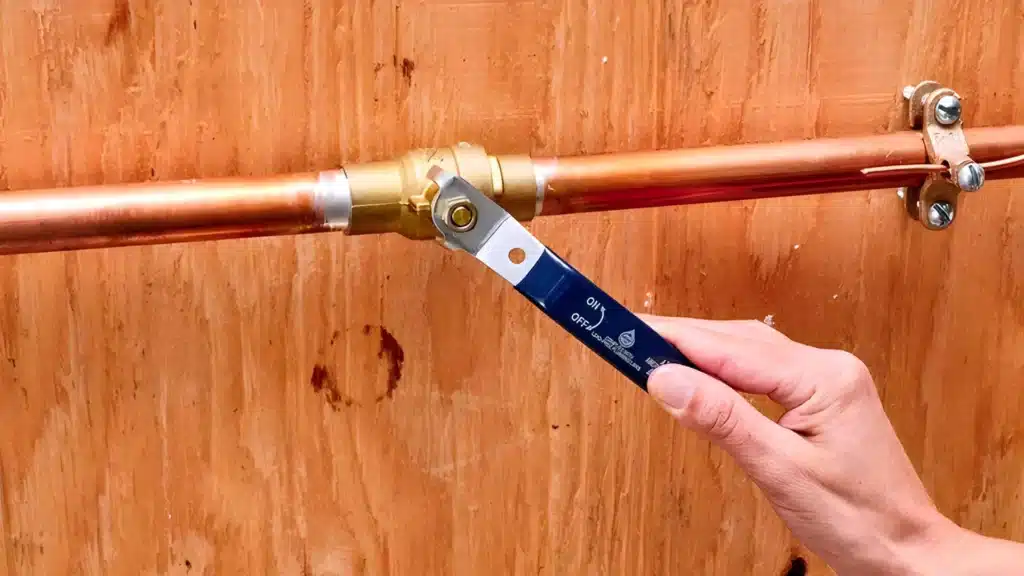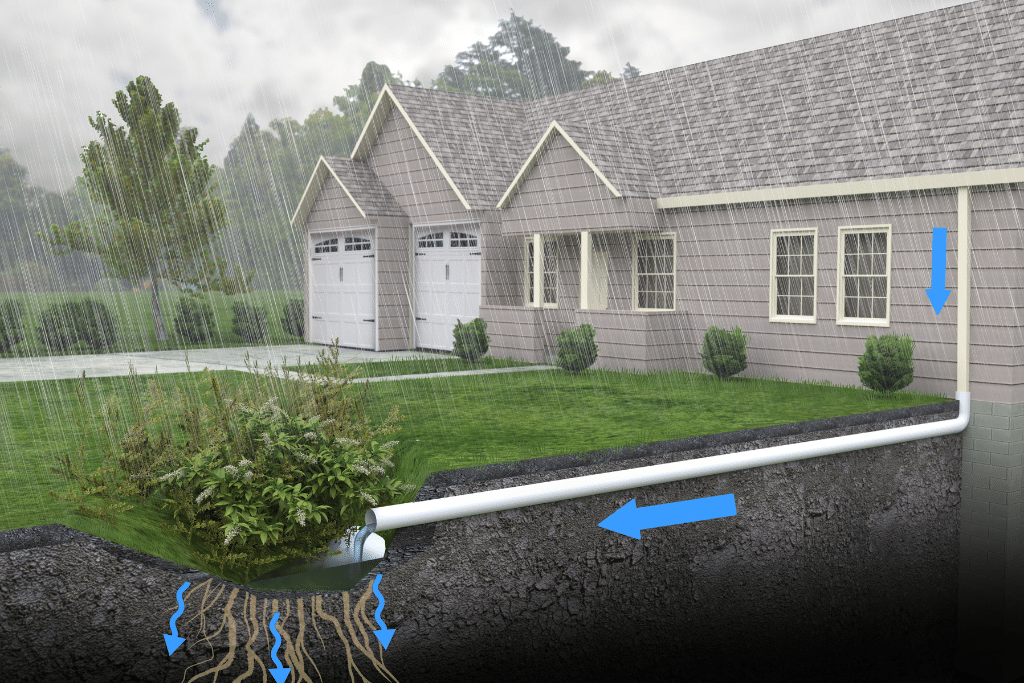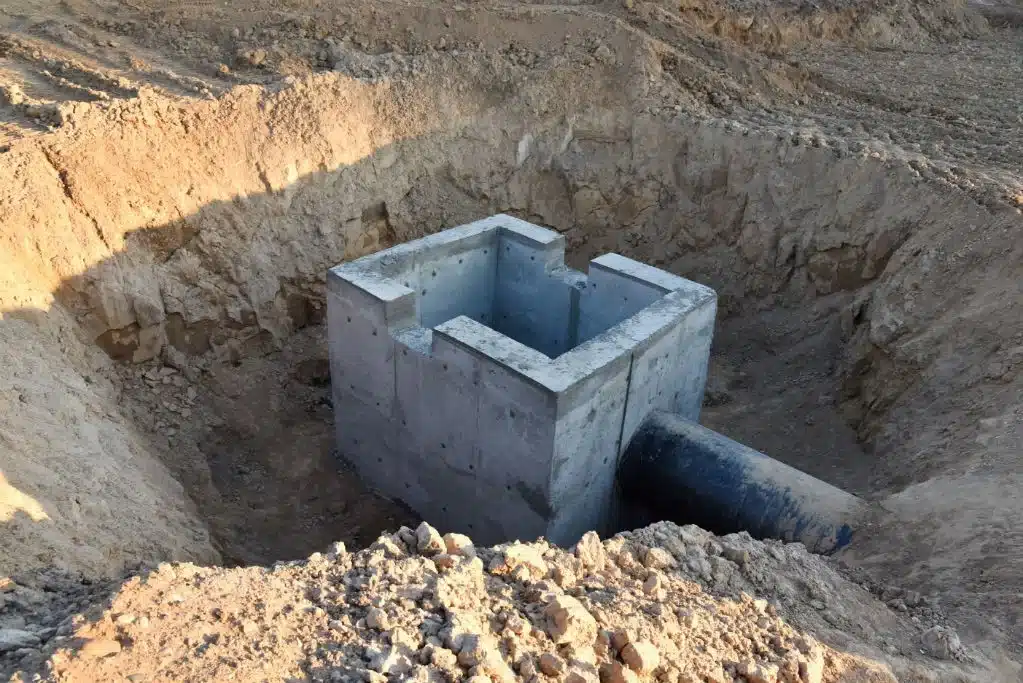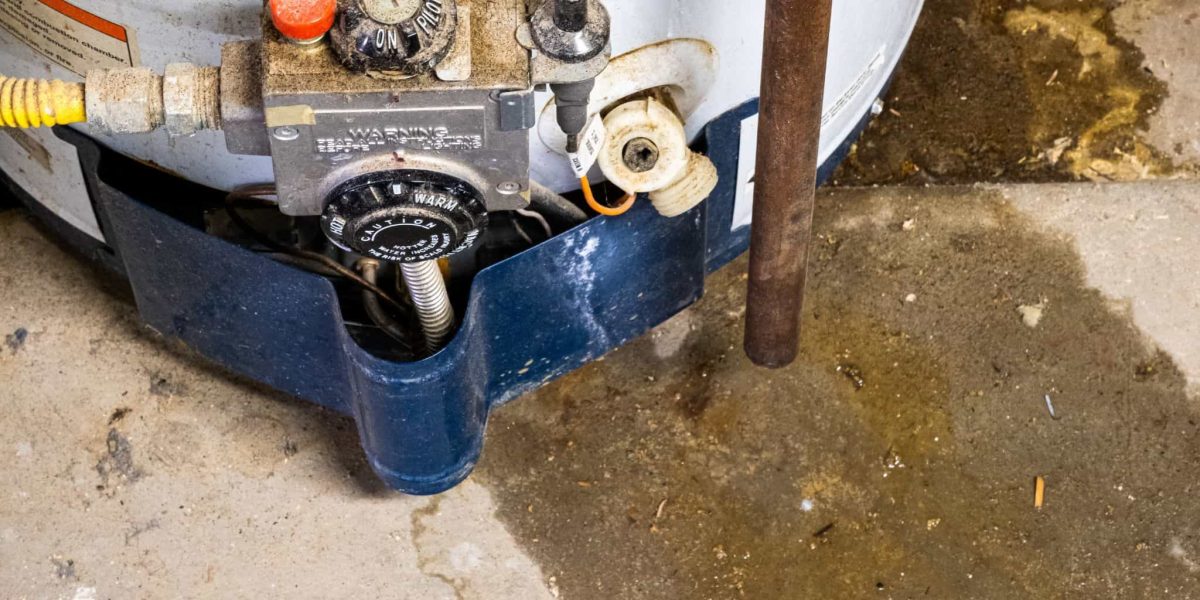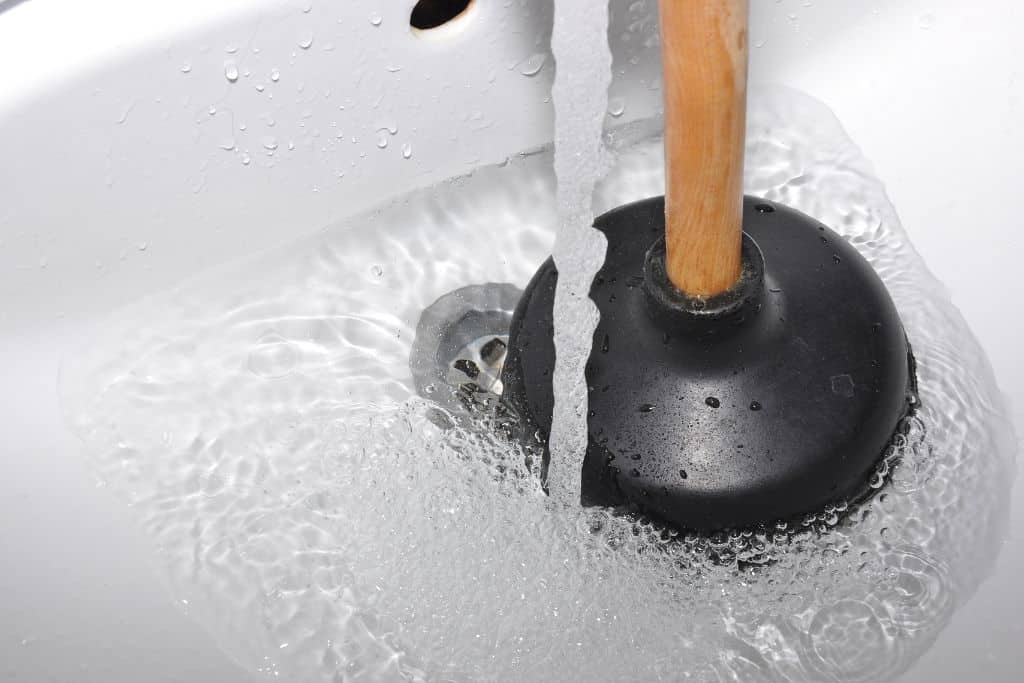10 Steps To Troubleshoot Your Instant Gas Hot Water System

Trying to cope with instant gas hot water not working as it should? Life could get worse than cold showers and icy dishes, but it’s still a major inconvenience disrupting everything from cooking to laundry and beyond – so you need to get it sorted out ASAP.
Instantaneous gas hot water systems, also known as tankless or continuous flow units, are prized for their sleek, space-saving look and a reputation for endless hot water and energy efficiency. But even these nifty and usually very reliable systems can hit a snag now and then. So before you resort to boiling the kettle or calling for help, work through these 10 steps that we’ve tailored just for you.
It’s your friendly guide to instantaneous gas hot water system troubleshooting, helping you pinpoint the issue – or know when to call Fix-It Right Plumbing.
Your instant gas hot water troubleshooting checklist
As you no doubt already know, instantaneous gas systems heat water on demand using a gas burner, making them distinct from storage tanks. Whether your unit is a compact wall-mounted model or a high-capacity system for a large family, these universal checks will help you figure out why you have an instant gas hot water system not working right anymore. Let’s get started:
1. Confirm the gas supply
First, is your gas supply still active? Gas instant hot water not working is frustrating, but it might be fixed in just seconds!
Check that your gas meter valve is open and other gas appliances (like your stove) are still functioning. A closed valve or supply interruption (common during maintenance or billing issues) can halt the heating. For LPG users, verify your tank isn’t empty.
THE VERDICT: A disrupted gas supply is a frequent cause of system failure.
2. Check the power supply
Many instantaneous systems require electricity for ignition or controls, even though they’re gas-powered.
So head to your meter box/electrical panel and look for a tripped breaker or blown fuse. If your instant gas water heater troubleshooting stops at Step 2 and reveals a power issue, simply reset the breaker. If it trips again, you may have an electrical fault, which needs professional attention.
THE VERDICT: A power cut could explain why your system isn’t firing up.
3. Inspect the pilot light or ignition
Older instantaneous units rely on an instant gas hot water system pilot light, while newer models use electronic ignition.
If yours has a pilot light and it’s out, relighting it might solve the problem – just check your particular system’s manual for instructions.
For electronic ignition, a failure to spark could mean a faulty igniter. If your gas hot water system keeps turning off, especially after ignition, this is a likely culprit.
THE VERDICT: Relighting or testing ignition systems is tricky and best left to pros due to gas safety risks.
4. Assess water flow & pressure
Instantaneous systems need sufficient water flow to activate the burner – usually 2-3 litres per minute.
If your instantaneous hot water goes cold, low hot water pressure could be to blame. Check if taps or showerheads are clogged with debris or limescale – common in many parts of Australia due to hard water. Test the flow by opening multiple hot taps.
THE VERDICT: If pressure’s low across the house, a blocked inlet filter or pipe issue might need professional cleaning.
5. Look for temperature fluctuations
If your gas hot water goes hot then cold, the system is clearly struggling to maintain consistent heating.
This can happen if the burner is underperforming, often due to gas pressure issues or a faulty temperature sensor. Check the unit’s temperature setting if you can – usually 50°C for Australian standards.
THE VERDICT: If it’s cycling between hot and cold, the heat exchanger might be clogged or the gas valve faulty, requiring expert diagnosis.
6. Check for error codes or indicators
Modern instantaneous units often have digital displays or indicator lights.
If your gas instant hot water system keeps turning off, look for error codes or flashing lights. Codes might indicate issues like ignition failure, overheating, sensor faults, or something else entirely. Consult your system’s manual (or Google the model) to decode these signals.
THE VERDICT: This step is crucial for instant gas water heater troubleshooting, as it pinpoints specific problems without guesswork.
7. Inspect for leaks or corrosion
A hot water leak can disrupt your system’s performance, making it seem like you have an instant gas hot water system not working at all. Check around the unit for water puddles, damp spots, or corrosion, especially on the heat exchanger or connecting pipes. A faulty pressure relief valve can also cause pressure drops, mimicking a system failure.
THE VERDICT: If you spot a leak, turn off the water and gas supply immediately and call a plumber to prevent damage.
8. Evaluate ventilation & flue condition
Instantaneous gas systems require proper ventilation to burn gas safely.
A blocked flue or poor ventilation can cause the unit to shut down as a safety measure. Check the flue (usually a pipe exiting the unit) for:
- Debris
- Bird nests
- Corrosion.
In our dustier or leafier suburbs, blockages are really common.
THE VERDICT: Never attempt to clear a flue yourself – gas systems are hazardous, and this is a job for professionals.
9. Consider system age & maintenance
Most instantaneous gas systems last 10-15 years with regular maintenance. If your unit’s nearing this age, components like the heat exchanger or gas valve may be wearing out, leading to issues – and a gas instant hot water not working. Lack of servicing, such as cleaning the burner or descaling the heat exchanger, can seriously reduce efficiency.
THE VERDICT: If your system’s old or neglected, replacement might be more cost-effective than repairs.
10. Know when to call a professional
Have you worked through this checklist and still have no hot water? It’s time to call in the experts.
Complex issues like faulty igniters, gas valve problems, or heat exchanger blockages require fully-licensed plumbers to ensure safety and compliance with Australian regulations.
THE VERDICT: Knowing when to stop DIY attempts is key to safe, effective and legal repairs.
Fix-It Right Plumbing: Your instant hot water experts
When your instantaneous gas hot water system lets you down, Fix-It Right Plumbing is here to bring your mood back up! Our friendly team of Canberra hot water , Melbourne hot water, and Geelong hot water plumbers specialise in diagnosing and fixing gas hot water issues, from quick repairs to full system replacements. We’ll get to the root of the problem, ensuring your home has reliable hot water again – fast.
Don’t let a faulty system get you down – contact Fix-It Right Plumbing today for expert and affordable service you can trust.
